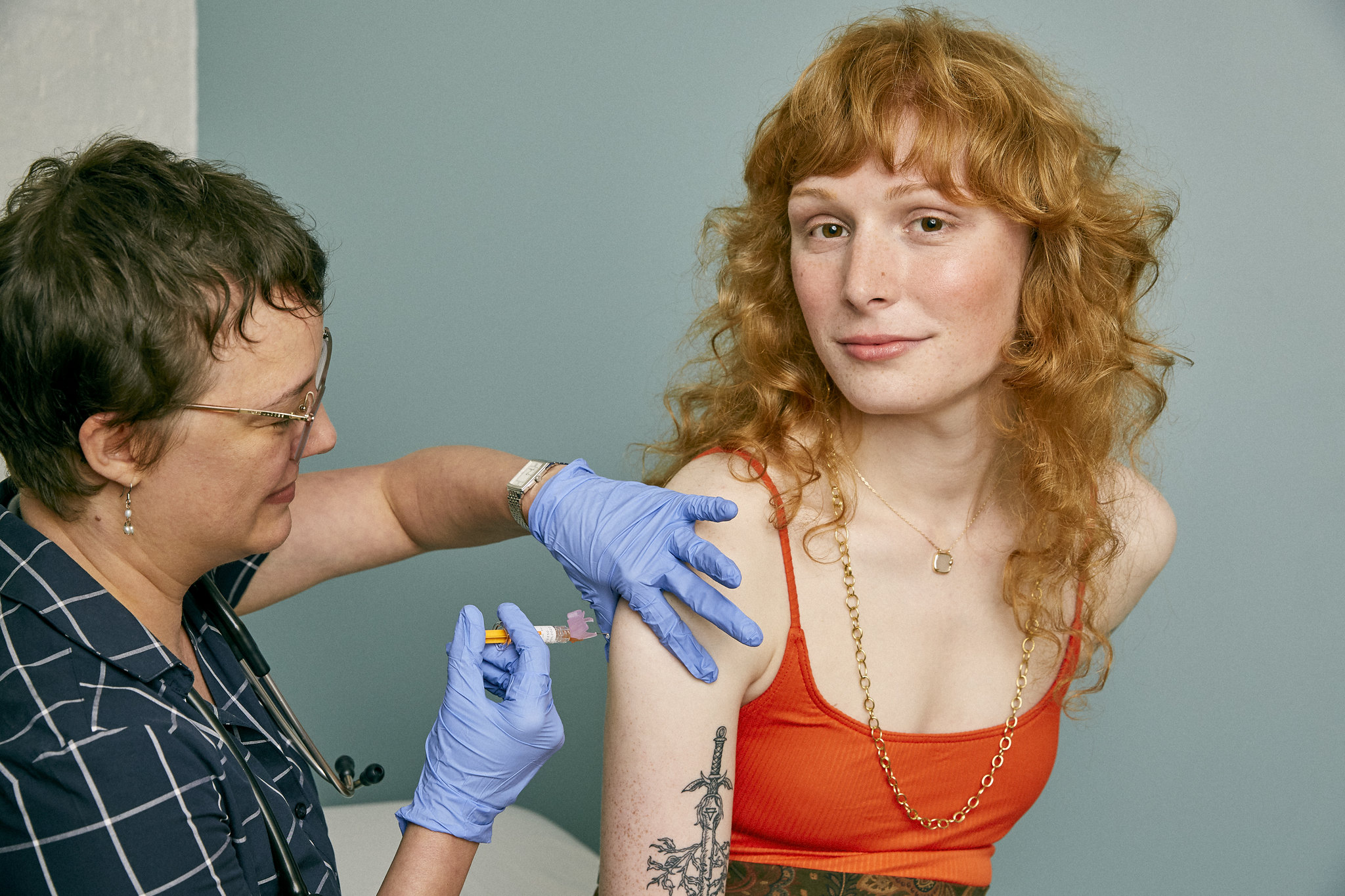News release
From:
Switching vaccination among target groups to achieve improved long-lasting benefits
Shifting vaccination priority from the high-risk older ones to the core-sociable groups could have profound and long-lasting effect in reducing disease burden.



 International
International



